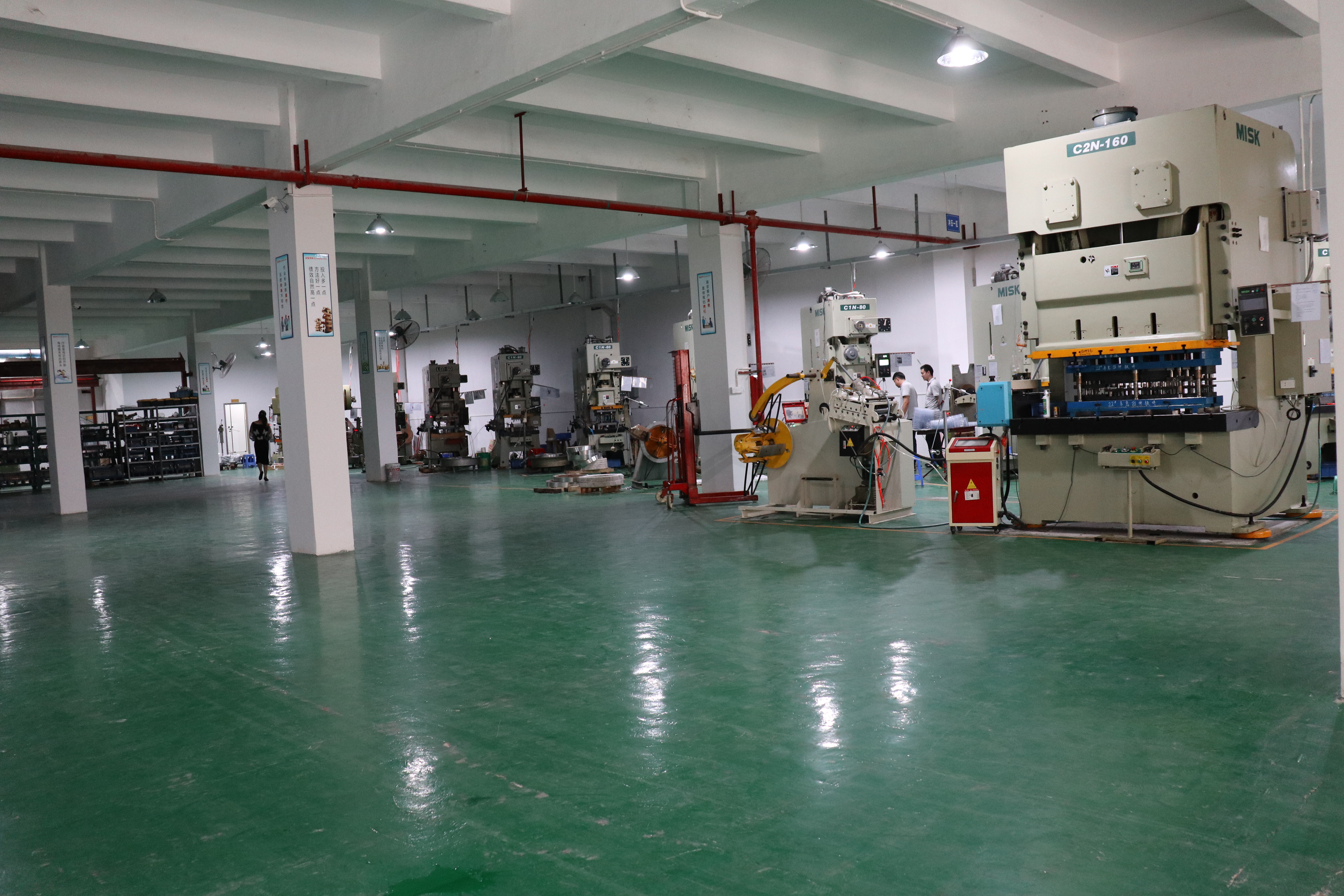

Address: Floor 1, Building 2, Quanshengchang Industrial Park, Buyong Shajing Road, Shajing Street, Shenzhen
Contact: Mr. Li 18681482740
Email: lilinhan1314@126.com
Website: www.daichungua.cn
The most obvious difference between a continuous die press and a multi-station press in precision stretching and stamping parts processing is the different feeding methods. The continuous die is fed with material, while the parts are punched down. What is washed down by multiple workstations is waste, leaving behind are parts. Continuous dies are mainly used for stamping parts with low aspect ratios and without the need for side features. Continuous molds are suitable for making parts with high precision, large batches, thin data, soft materials, and complex shapes.
Multi station is a stamping process that allows the material to move between the punch and the die, resulting in a larger aspect ratio. The consumption flexibility of multi-station presses is stronger, and the punched parts can have more features, which is usually more economical than progressive molds,; The waste material that connects the demands of continuous molds drives the movement of fine stretching parts.

Famous manufacturers of multi-station presses include Switzerland's Gudel, Germany's Schuler, Japan's Komatsu, Spain's Fage, and others. The continuous die press is between 45 and 500 tons, and well-known manufacturers include Huitian, Blow, Borida, Jinfeng, Danley, Komatsu, Minster, Schuler, Xieyi, Stamtec, Sutherland and Verson, etc.
There are two types of press machines used for precision stretching of stamping parts: a dedicated independent camshaft press, similar to the working principle of the starting machine. One camshaft drives a group of pistons, and each punch is driven by a cam, independent of other punches and adhering to a certain angle synchronous movement to complete stretching at different stations; Another type is a press with a fixed bed and adjustable mold height, which requires the workbench to be absolutely flat. As all stamping dies are fixed unevenly on the upper mold frame, they move up and down at the same pace to stop all drawing stations.